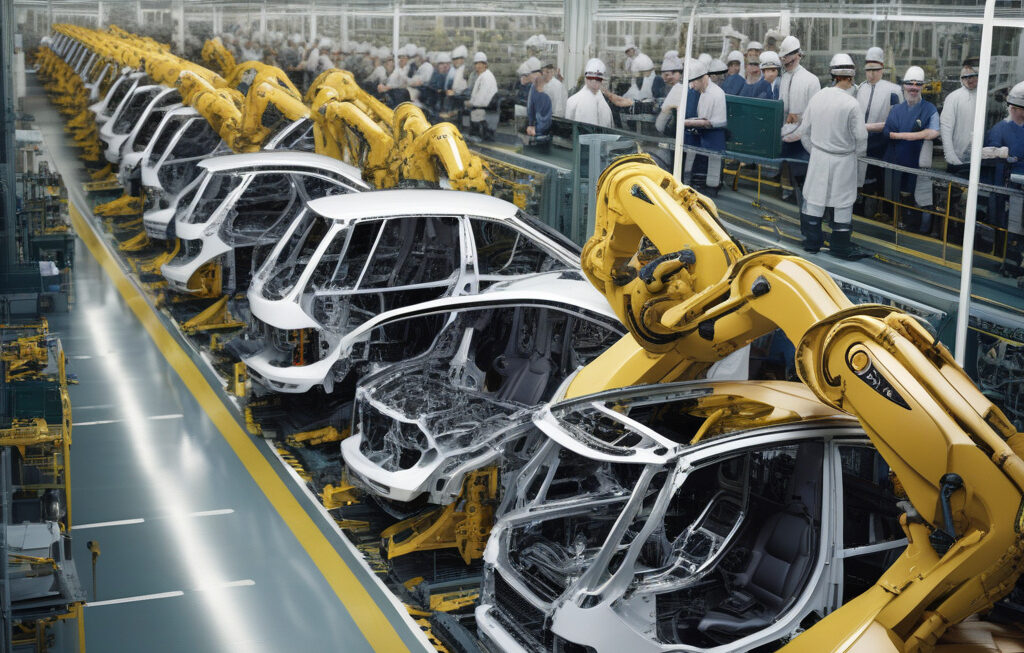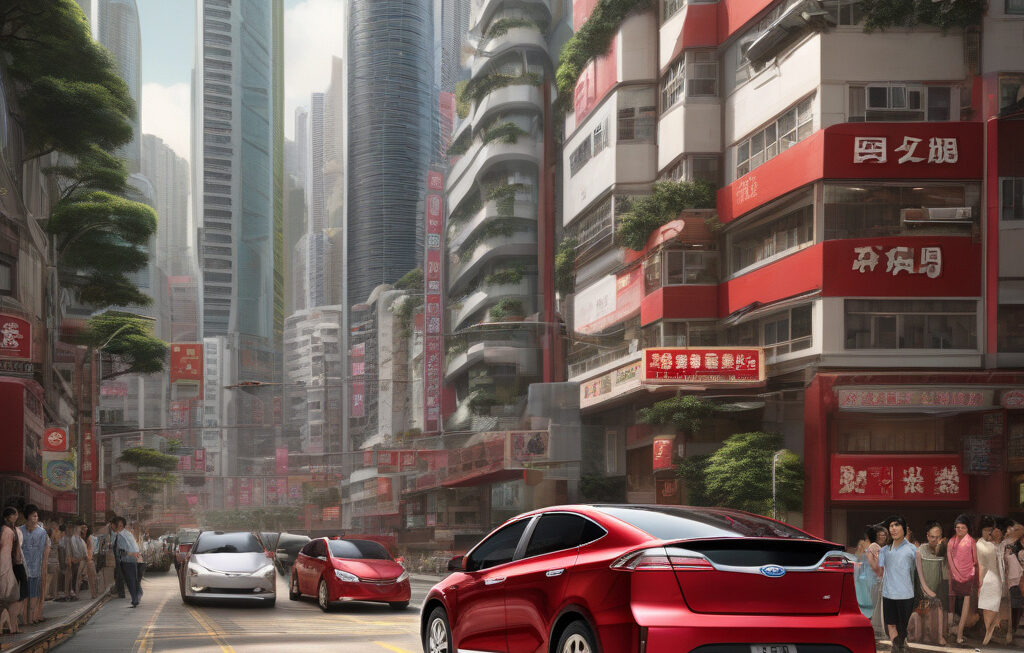General Motors Doubles Down on Driver Assistance Technology to Boost Future Profits
In the ever-competitive automotive industry, companies are constantly striving to stay ahead of the curve when it comes to technological advancements. General Motors, a longstanding player in the market, is no exception. Recently, due to its challenges in the robotaxi sector, the company has shifted its focus towards driver assistance technology as a key strategy to drive future profits.
General Motors’ decision to invest heavily in driver assistance technology comes as a response to the underperformance of its robotaxi venture. The company has recognized the need to pivot and capitalize on emerging trends in the automotive market to secure its position as an industry leader. One of the pivotal moves in this new direction is the development and enhancement of its Super Cruise system.
The Super Cruise system, designed to compete with Tesla’s Autopilot, offers a hands-free driving experience for users. This advanced driver assistance technology not only enhances the driving experience but also represents a significant revenue opportunity for General Motors. By focusing on Super Cruise and similar technologies, GM aims to capture a larger share of the market and appeal to tech-savvy consumers looking for innovative features in their vehicles.
With the increasing demand for autonomous and semi-autonomous driving capabilities, driver assistance technology has become a focal point for many automakers. General Motors’ strategic shift towards Super Cruise reflects its commitment to meeting consumer needs and adapting to changing market dynamics. By investing in this cutting-edge technology, GM is positioning itself for long-term success and sustainable growth in the automotive sector.
Moreover, the decision to double down on driver assistance technology aligns with General Motors’ broader vision for the future of mobility. As the automotive industry continues to evolve, embracing innovation and staying at the forefront of technological advancements is crucial for companies to remain competitive. By prioritizing Super Cruise and similar features, GM is not only catering to current consumer preferences but also laying the groundwork for future success in an ever-changing market landscape.
In conclusion, General Motors’ strategic focus on driver assistance technology, particularly the Super Cruise system, represents a bold move aimed at driving future profits and solidifying its position in the automotive industry. By betting on advanced features that enhance the driving experience and respond to market trends, GM is taking proactive steps to ensure its relevance and competitiveness in an increasingly tech-driven world.
innovations, driverassistance, automotive, GeneralMotors, futureprofits











